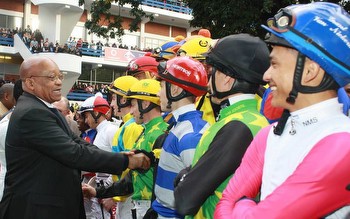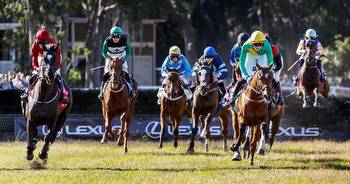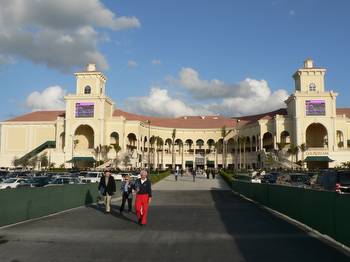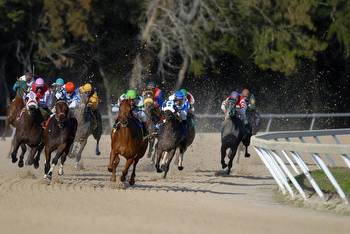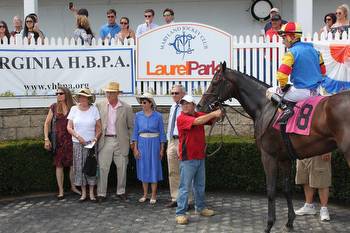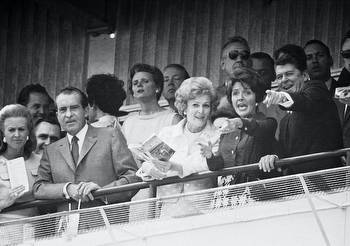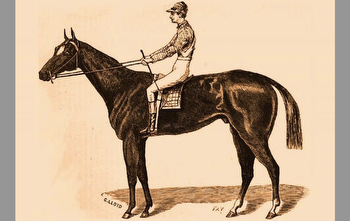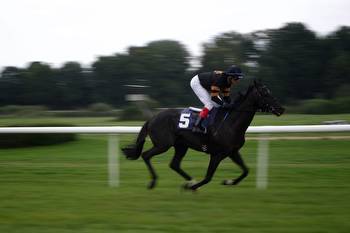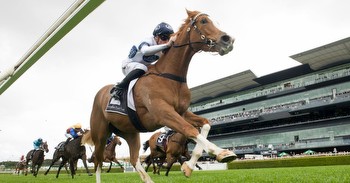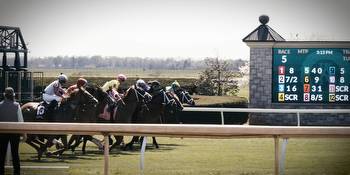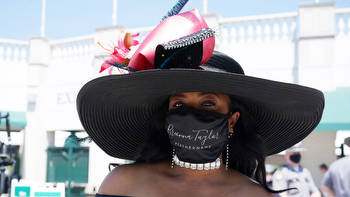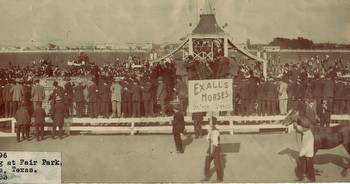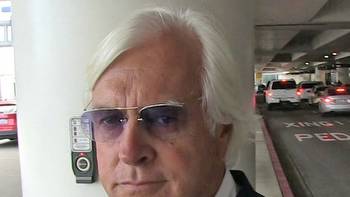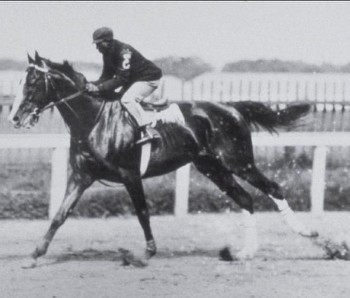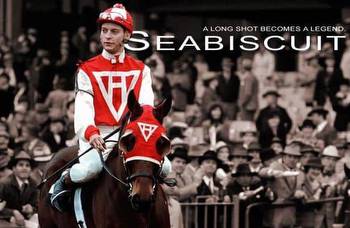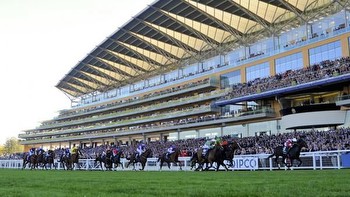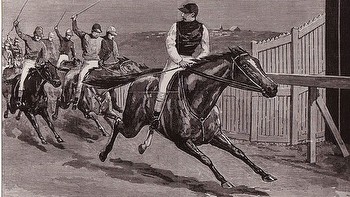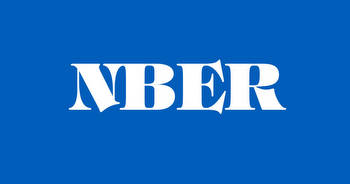Mark Powell's Palmetto Past & Present: Horse Racing History
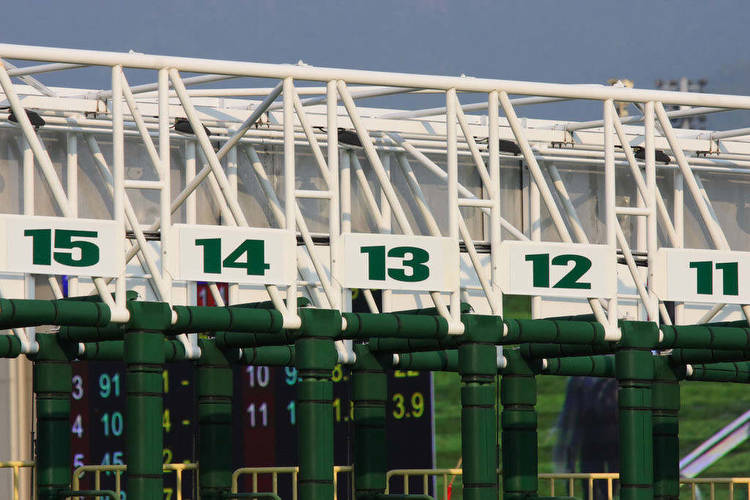
“Before there was a Kentucky Derby, there was colonial horse racing in South Carolina …”
The thunder of horse hooves is in the air these days. South Carolina’s House of Representatives passed a bill permitting online wagering on horse races a few weeks ago – although it appears poised to finish out of the money in the state Senate. And some 500 miles to the north, the biggest horse race of them will be run this Saturday for the 149th time.
The Kentucky Derby is as much an American institution as it is an equine contest. Its fame and reputation are worldwide. I spent a few weeks visiting Russia in 1996; I was stunned to discover that while the everyday Russians I talked were didn’t know much about American life, they all knew about the Kentucky Derby.
One reason the “Run for the Roses” is so popular is that on one glorious Saturday every May, we collectively reconnect to a time when the Sport of Kings was also the king of American entertainment. I don’t mean the glory days of Secretariat in the 1970s or even of Seabiscuit in the 1930s. I’m talking long before that; back before the first Kentucky Derby was first run in 1875. Back even before the United States was born.
Horse racing was the favorite pastime in Colonial America. There was no TV or radio; no movies or concerts; no beach getaways or adventure vacations. But there were horses. And some of them could run really fast. Colonial Americans were bonkers for watching them compete against one another. The sport was wildly popular in the South, particularly so in Virginia and here in South Carolina. New England’s lingering Puritan influence made it frowned upon in the North (which proved the truth in H.L. Mencken’s observation, “Puritanism: The fear that someone somewhere might be happy.” But I digress).
Before we go on, it’s important to understand that horse racing was a bigger deal back then. Entire towns and counties took pride in a local horse that could gallop like the wind. There was no USC-Clemson rivalry then, so folks rooted for their favorite hometown ponies instead. They often traveled in groups to other communities to watch them race. Those gatherings drew big crowds where spectators placed bets on their favorites. Their wagers sometimes involved more than cash; slaves, land, and livestock were also used.
Alcohol flowed freely as well—bourbon, rum, and hard cider, among others—which sometimes led to spectacular fights, especially when it appeared two contenders had tied. (Remember, there were no cameras yet to resolve photo finishes.) The official chosen to oversee a race was picked as much for his brawn and ability to break up brawlers as anything else.
There was no starting bell, either. Races commenced by shooting a pistol, blowing a trumpet, and even banging a drum. And rather than the oval course we know today, many races were run in a straight line.
Horse races were being held in the Palmetto State by the early 1700s. A 1734 edition of the “South Carolina Gazette” ran the first known report of one. (The winner got a saddle and bridle.) The South Carolina Jockey Club was also founded that same year.
The Lowcountry was the initial focus of racing. That 1734 race was run on the Charleston Neck; the York Course followed the next year, and the Newmarket Course was in operation by 1760.
The sport’s popularity led to stallions and mares with top bloodlines being imported from England for breeding. There was a lull during the Revolutionary War and its aftermath. But racing and breeding resumed with a vengeance in the antebellum era. Many top jockeys were African Americans. Purses for big races now offered gold and silver instead of horse tack.
The 1800s was the high-water mark of horseracing’s popularity in the state. Many county-seat towns eventually had small racecourses. But the winds of change were soon blowing.
A wave of morality swept over the country. Though gambling had been illegal in South Carolina since 1788, a blind eye was often turned to wagering on races. That tolerance slowly evaporated during the Victorian era; by 1910, betting was essentially illegal in the U.S., and it hit horseracing hard.
New forms of amusement also emerged and competed for the public’s interest Baseball exploded after the Civil War. Movies and phonographs soon followed. One by one, the small racetracks began disappearing.
However, horseracing never completely vanished from the South Carolina scene. The Aiken Steeplechase began in 1930, with Camden’s Carolina Cup following in 1932. Racing on a smaller scale is still held elsewhere as well.
Yet the sport remains a mere shadow of what it once was. So when the announcer barks, “And they’re off!” at Churchill Downs on Saturday, pause for a moment and remember the time when our colonial ancestors once shouted, “Run, baby, run!” right here in South Carolina.
J. Mark Powell is an award-winning former TV journalist, government communications veteran, and a political consultant. He is also an author and an avid Civil War enthusiast. Got a tip or a story idea for Mark? Email him at [email protected].
Got something you’d like to say in response to one of our articles? Or an issue you’d like to address proactively? We have an open microphone policy here at FITSNews! Submit your letter to the editor (or guest column) via email HERE. Got a tip for a story? . Got a technical question or a glitch to report? .

